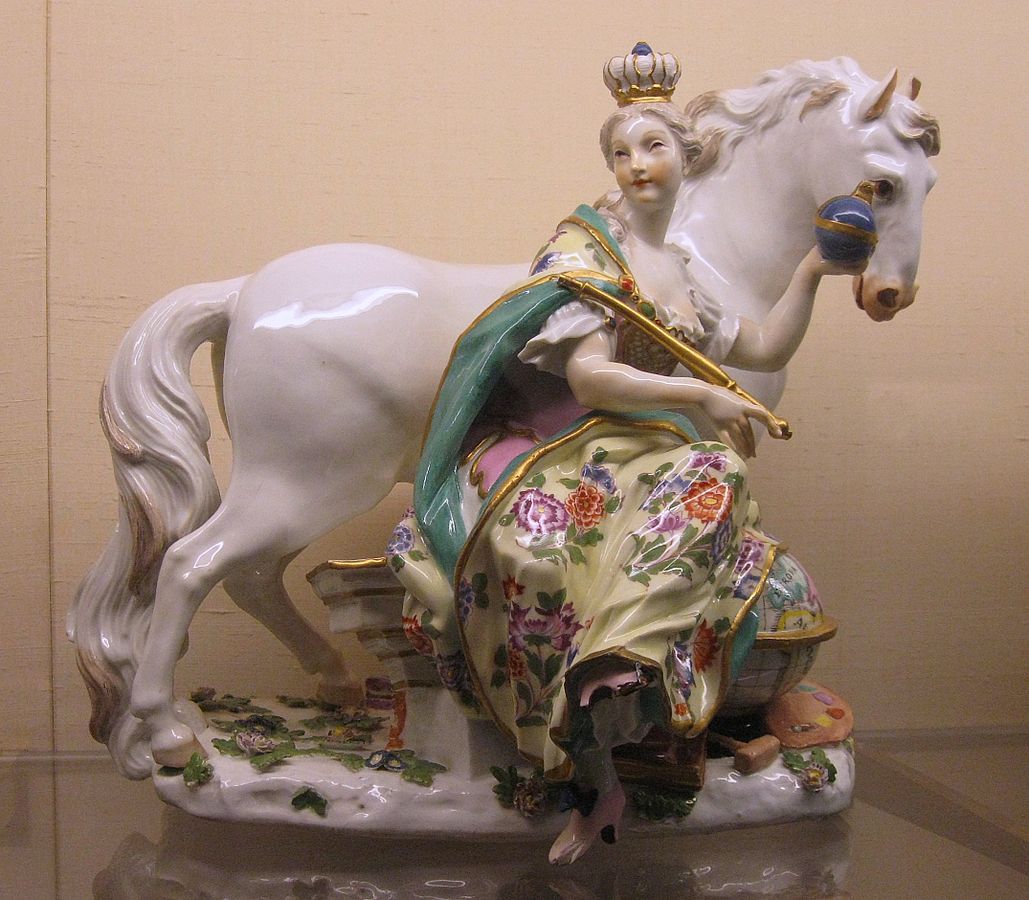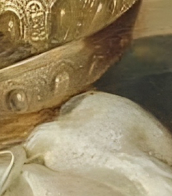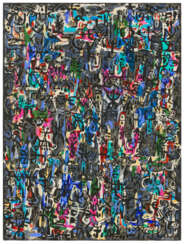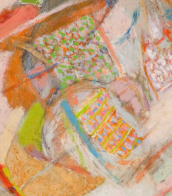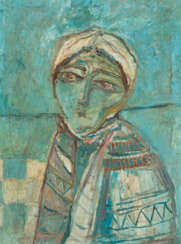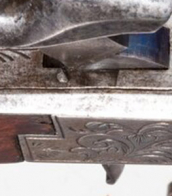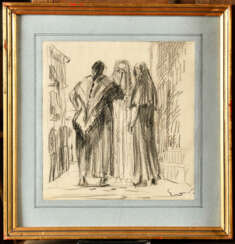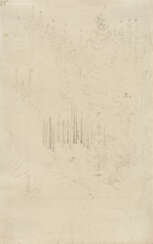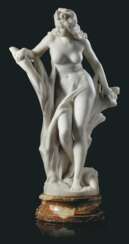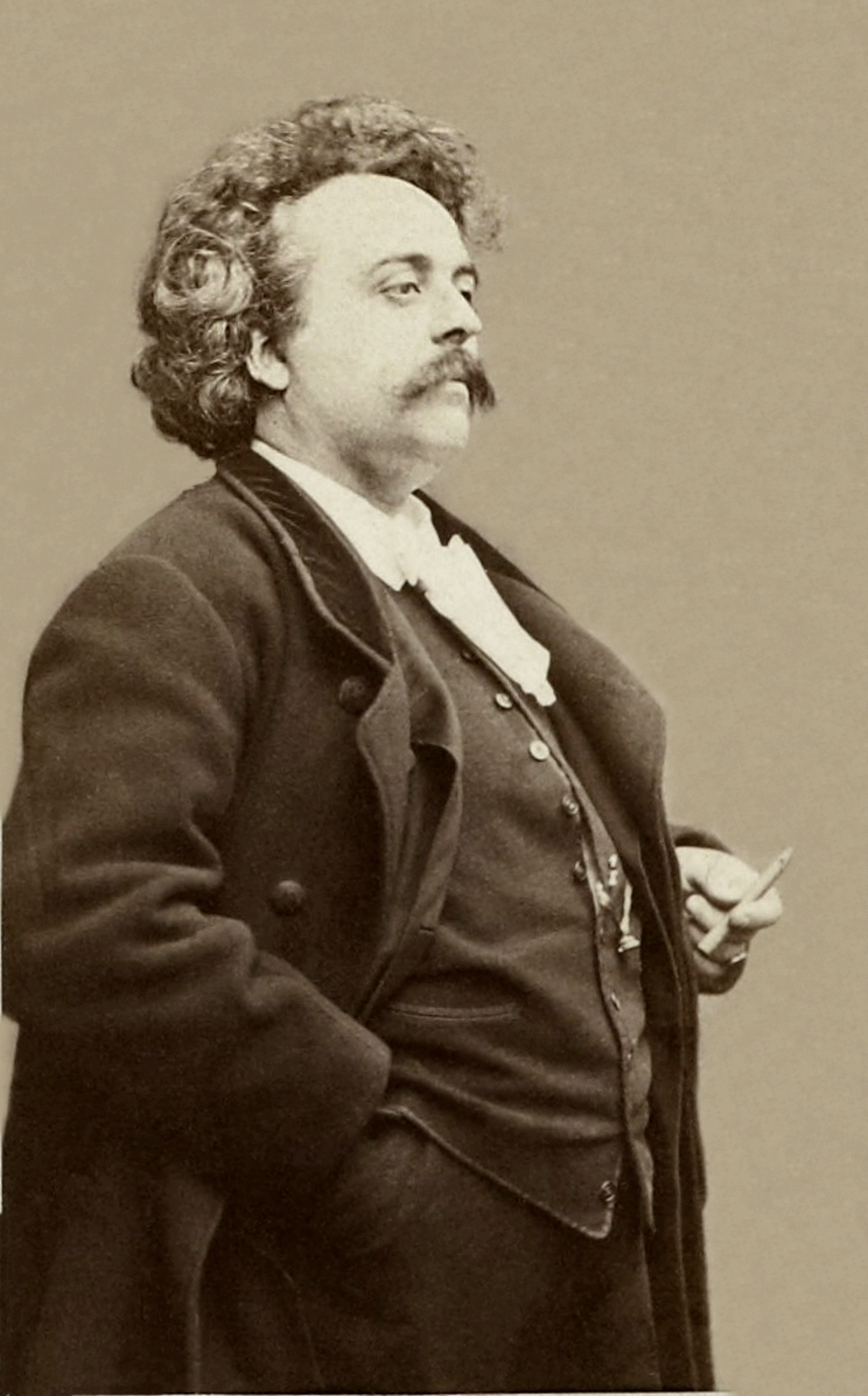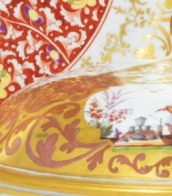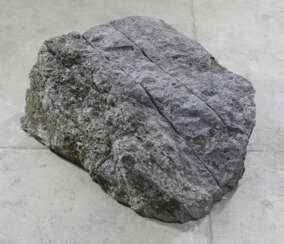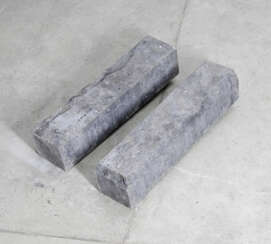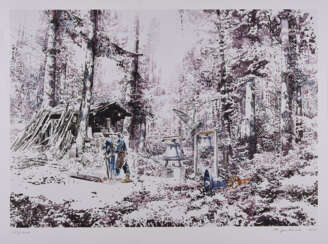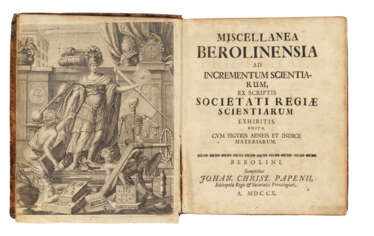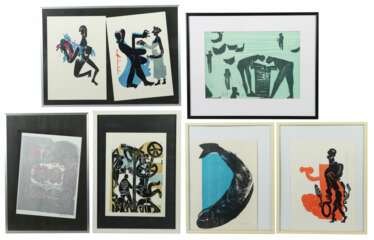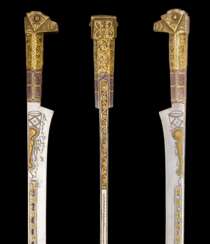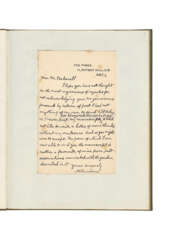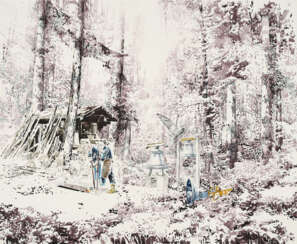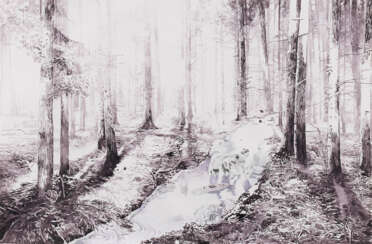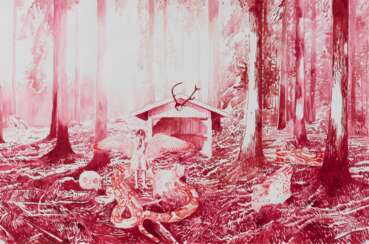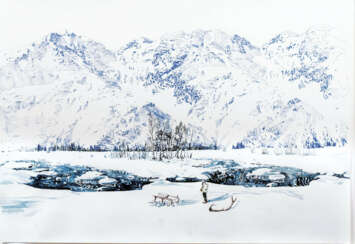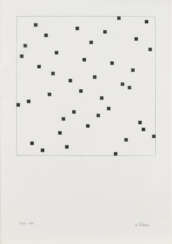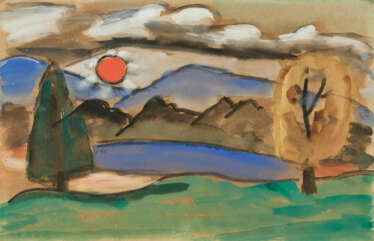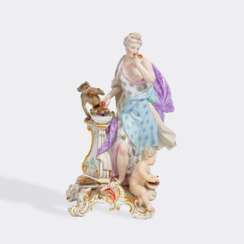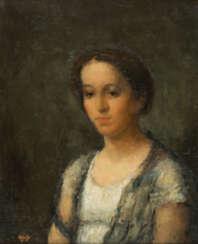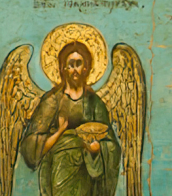algérie
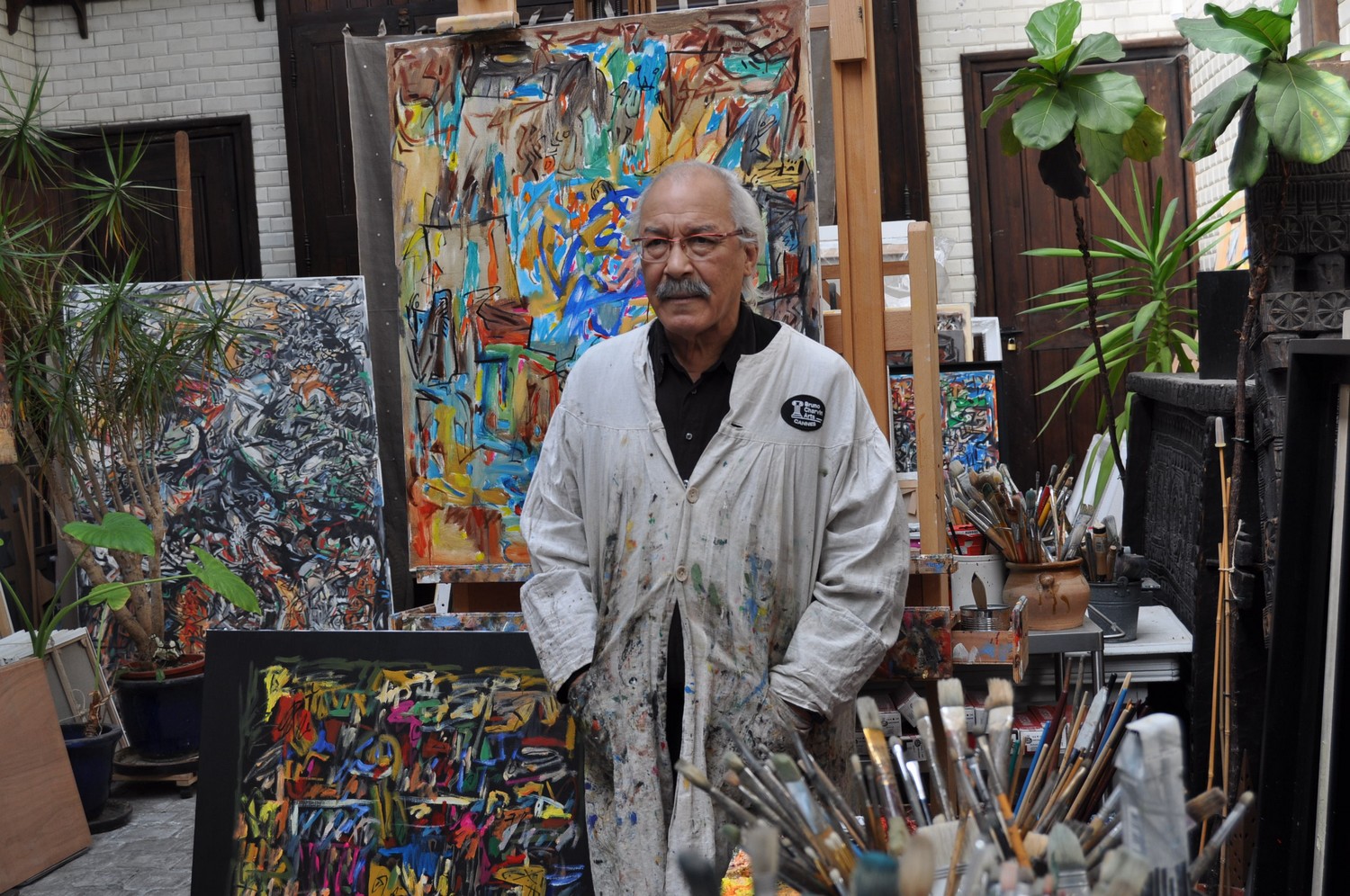
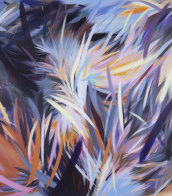
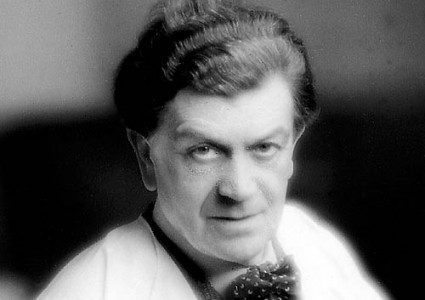
Othon Friesz was a French artist, pivotal in the Fauvism movement, celebrated for his vivid use of color and dynamic composition. Born in Le Havre, his artistic journey began under the guidance of Charles Lhuillier, which deeply influenced his foundational style. Initially, Friesz experimented with the luminous palette of Fauvism, creating works alongside contemporaries like Henri Matisse and André Derain. His Fauvist period was marked by bold, unmodulated colors aimed at capturing the emotional effect of a scene rather than its realistic depiction.
However, the later years of his career saw a significant shift in his artistic approach. Moving away from the Fauvist style, Friesz embraced a more classical and structured composition, drawing inspiration from the likes of Poussin, Chardin, and Corot. This transition reflected his respect for Cézanne's principles of logical composition and simple tonality. Despite this evolution, his work retained a baroque vitality, particularly in his landscapes, still lifes, and figure paintings, where the careful arrangement of planes and volumes spoke of his deep understanding of spatial relationships.
Friesz's oeuvre is a testament to his versatility and ability to adapt and evolve his style while remaining rooted in classical traditions. His works, spanning from vibrant Fauvist landscapes to more restrained classical compositions, are housed in prestigious collections and museums worldwide, offering a comprehensive view of his artistic development.
For art collectors and enthusiasts, Friesz's body of work offers a unique insight into the early 20th-century European art scene, particularly the transition from avant-garde movements like Fauvism to more traditional approaches. His paintings not only reflect his personal artistic journey but also the broader shifts in art history during his lifetime.
To stay informed on new product sales and auction events related to Othon Friesz, signing up for updates can be a valuable resource. This subscription ensures that collectors and experts in art and antiques are always in the know regarding opportunities to acquire works by this influential artist.
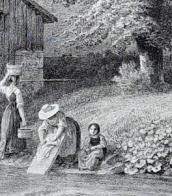
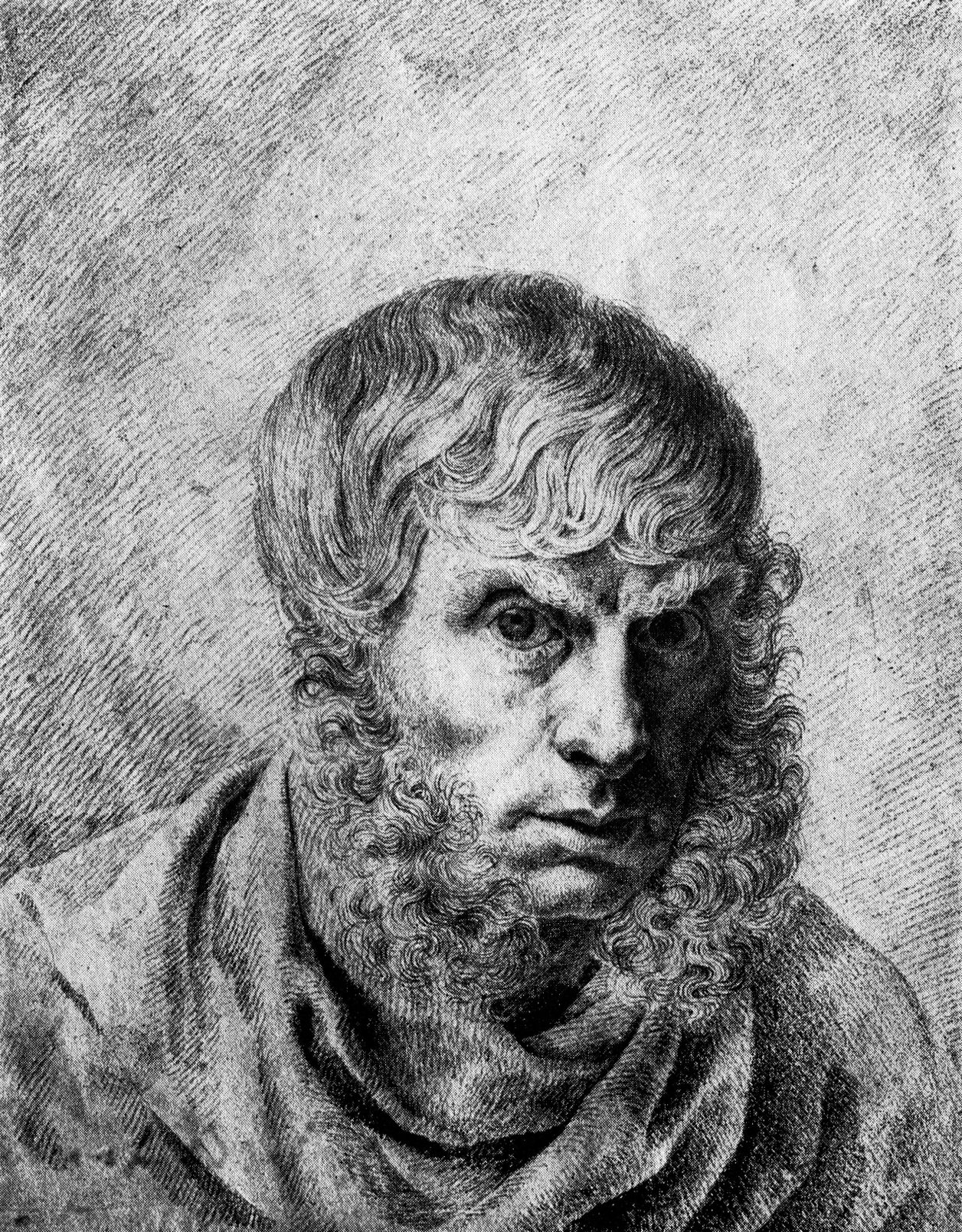
Caspar David Friedrich was a German painter of the late eighteenth and first half of the nineteenth centuries. He is known as a painter, draughtsman, watercolorist and is considered a key figure of early German Romanticism.
Caspar David Friedrich was the leader of the so-called Dresden Romantics, known for their emotionally intense landscapes. The artist himself viewed nature as a reflection of the soul and a symbol of religious experiences, creating works with deep symbolism. He actively used landscape to convey his emotions and used the technique of transporting the viewer into the virtual space of the painting. His works often depicted figures immersed in the contemplation of nature, facing infinity, which created a unique effect.

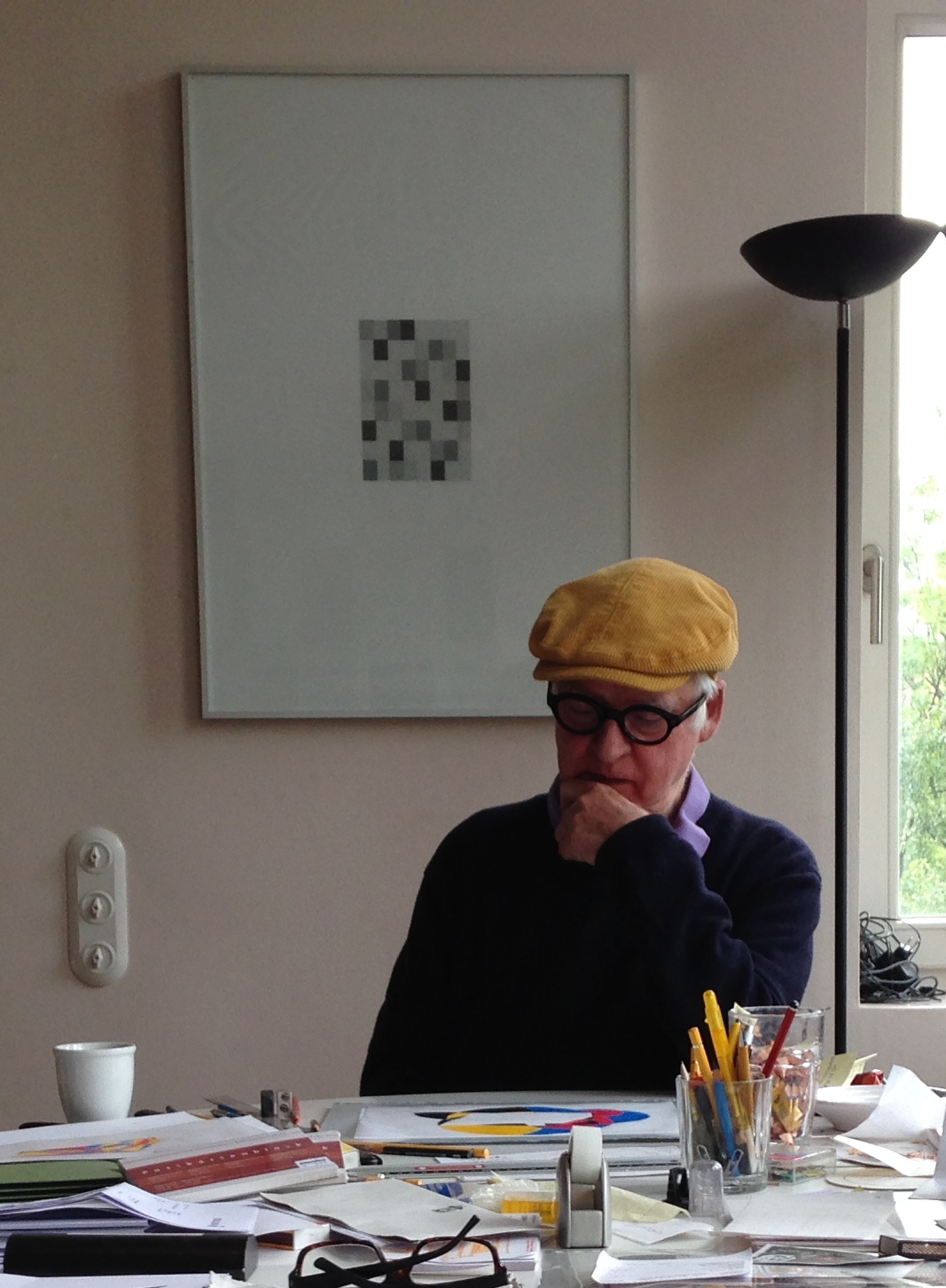
Ulrich Rückriem is a German sculptor known for his large-scale stone sculptures that are often displayed in public spaces. He studied at the Werkkunstschule Krefeld and the Kunstakademie Düsseldorf.
Rückriem's early work was influenced by the Minimalist movement, and he became known for creating abstract, geometric sculptures from raw stone blocks. He often works with granite, basalt, and other types of hard stone, using traditional carving techniques to shape and refine his forms.
In the 1970s, Rückriem began creating large-scale public installations, including his "Stone Alignments" series, which consists of rows of standing stones that evoke ancient megaliths and other prehistoric monuments. His work often engages with the natural environment, creating a dialogue between the man-made and the organic.
Rückriem has exhibited his work in museums and galleries around the world, including the Tate Gallery in London, the Solomon R. Guggenheim Museum in New York, and the Kunstmuseum Bonn in Germany. He has also received numerous awards and honors for his contributions to the field of sculpture, including the International Sculpture Prize in 1987 and the Praemium Imperiale in 2010.
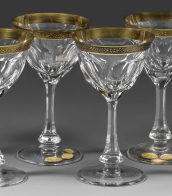

Ulrich Rückriem is a German sculptor known for his large-scale stone sculptures that are often displayed in public spaces. He studied at the Werkkunstschule Krefeld and the Kunstakademie Düsseldorf.
Rückriem's early work was influenced by the Minimalist movement, and he became known for creating abstract, geometric sculptures from raw stone blocks. He often works with granite, basalt, and other types of hard stone, using traditional carving techniques to shape and refine his forms.
In the 1970s, Rückriem began creating large-scale public installations, including his "Stone Alignments" series, which consists of rows of standing stones that evoke ancient megaliths and other prehistoric monuments. His work often engages with the natural environment, creating a dialogue between the man-made and the organic.
Rückriem has exhibited his work in museums and galleries around the world, including the Tate Gallery in London, the Solomon R. Guggenheim Museum in New York, and the Kunstmuseum Bonn in Germany. He has also received numerous awards and honors for his contributions to the field of sculpture, including the International Sculpture Prize in 1987 and the Praemium Imperiale in 2010.


Ulrich Rückriem is a German sculptor known for his large-scale stone sculptures that are often displayed in public spaces. He studied at the Werkkunstschule Krefeld and the Kunstakademie Düsseldorf.
Rückriem's early work was influenced by the Minimalist movement, and he became known for creating abstract, geometric sculptures from raw stone blocks. He often works with granite, basalt, and other types of hard stone, using traditional carving techniques to shape and refine his forms.
In the 1970s, Rückriem began creating large-scale public installations, including his "Stone Alignments" series, which consists of rows of standing stones that evoke ancient megaliths and other prehistoric monuments. His work often engages with the natural environment, creating a dialogue between the man-made and the organic.
Rückriem has exhibited his work in museums and galleries around the world, including the Tate Gallery in London, the Solomon R. Guggenheim Museum in New York, and the Kunstmuseum Bonn in Germany. He has also received numerous awards and honors for his contributions to the field of sculpture, including the International Sculpture Prize in 1987 and the Praemium Imperiale in 2010.


Malgosia Jankowska is a contemporary Polish and German artist. She studied painting in Berlin and Warsaw. Her works are distinguished by fine strokes, great depth and a high level of detail. Her classical compositions are effective and expressive. Malgosha has been living and working in Berlin since 2001. Since 2006, he has regularly exhibited his work, mainly in Germany.
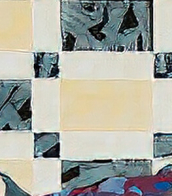
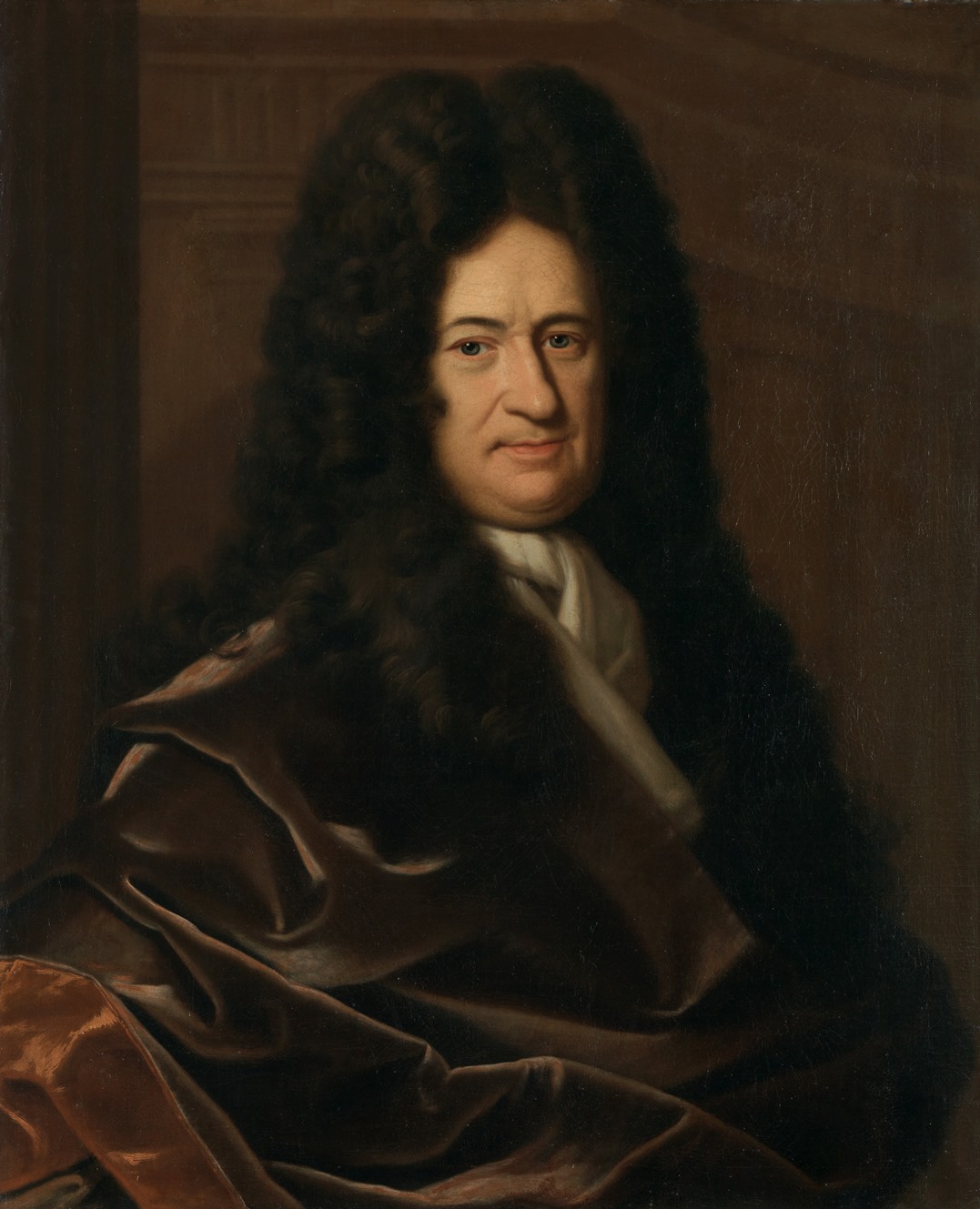
Gottfried Wilhelm Leibniz was a German philosopher and a prominent polymath in many fields of science.
Leibniz was a universal genius; he showed his talents in logic, mathematics, mechanics, physics, law, history, diplomacy, and linguistics, and in each of the disciplines he has serious scientific achievements. As a philosopher, he was a leading exponent of 17th-century rationalism and idealism.
Leibniz was a tireless worker and the greatest scholar of his time. In the fate of Leibniz, among other things, there is one interesting page: in 1697, he accidentally met the Russian Tsar Peter I during his trip to Europe. Their further meetings led to the realization of several grandiose projects in Russia, one of which was the establishment of the Academy of Sciences in St. Petersburg.
Gottfried Wilhelm Leibniz was also the founder and first president of the Berlin Academy of Sciences and a member of the Royal Society of London.


Ulrich Rückriem is a German sculptor known for his large-scale stone sculptures that are often displayed in public spaces. He studied at the Werkkunstschule Krefeld and the Kunstakademie Düsseldorf.
Rückriem's early work was influenced by the Minimalist movement, and he became known for creating abstract, geometric sculptures from raw stone blocks. He often works with granite, basalt, and other types of hard stone, using traditional carving techniques to shape and refine his forms.
In the 1970s, Rückriem began creating large-scale public installations, including his "Stone Alignments" series, which consists of rows of standing stones that evoke ancient megaliths and other prehistoric monuments. His work often engages with the natural environment, creating a dialogue between the man-made and the organic.
Rückriem has exhibited his work in museums and galleries around the world, including the Tate Gallery in London, the Solomon R. Guggenheim Museum in New York, and the Kunstmuseum Bonn in Germany. He has also received numerous awards and honors for his contributions to the field of sculpture, including the International Sculpture Prize in 1987 and the Praemium Imperiale in 2010.
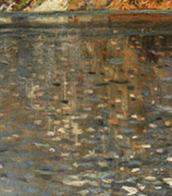

Ulrich Rückriem is a German sculptor known for his large-scale stone sculptures that are often displayed in public spaces. He studied at the Werkkunstschule Krefeld and the Kunstakademie Düsseldorf.
Rückriem's early work was influenced by the Minimalist movement, and he became known for creating abstract, geometric sculptures from raw stone blocks. He often works with granite, basalt, and other types of hard stone, using traditional carving techniques to shape and refine his forms.
In the 1970s, Rückriem began creating large-scale public installations, including his "Stone Alignments" series, which consists of rows of standing stones that evoke ancient megaliths and other prehistoric monuments. His work often engages with the natural environment, creating a dialogue between the man-made and the organic.
Rückriem has exhibited his work in museums and galleries around the world, including the Tate Gallery in London, the Solomon R. Guggenheim Museum in New York, and the Kunstmuseum Bonn in Germany. He has also received numerous awards and honors for his contributions to the field of sculpture, including the International Sculpture Prize in 1987 and the Praemium Imperiale in 2010.

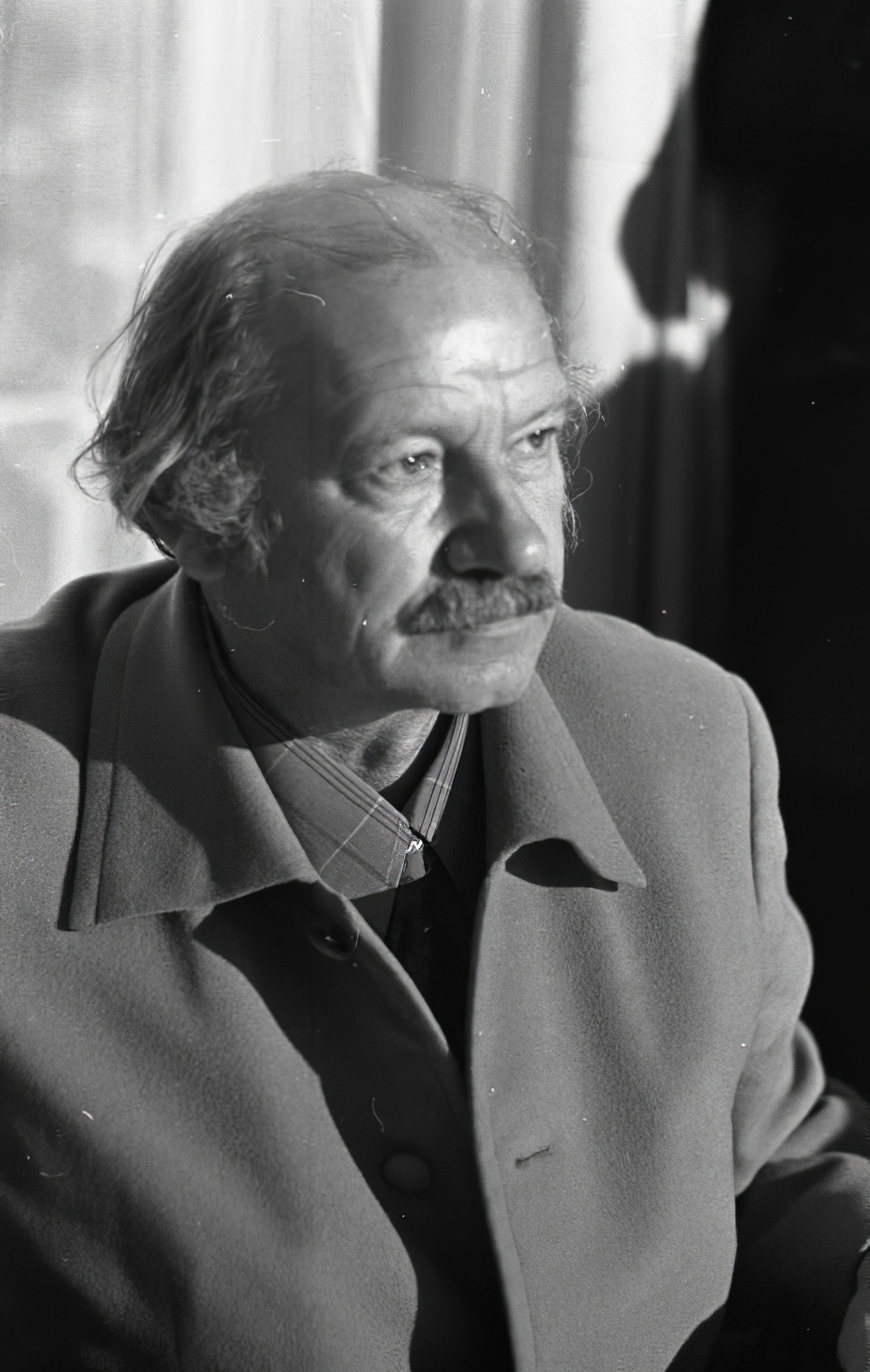
Helmut Andreas Paul Grieshaber or HAP Grieshaber was a German artist. His preferred medium was large format woodcuts.
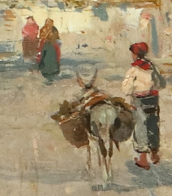
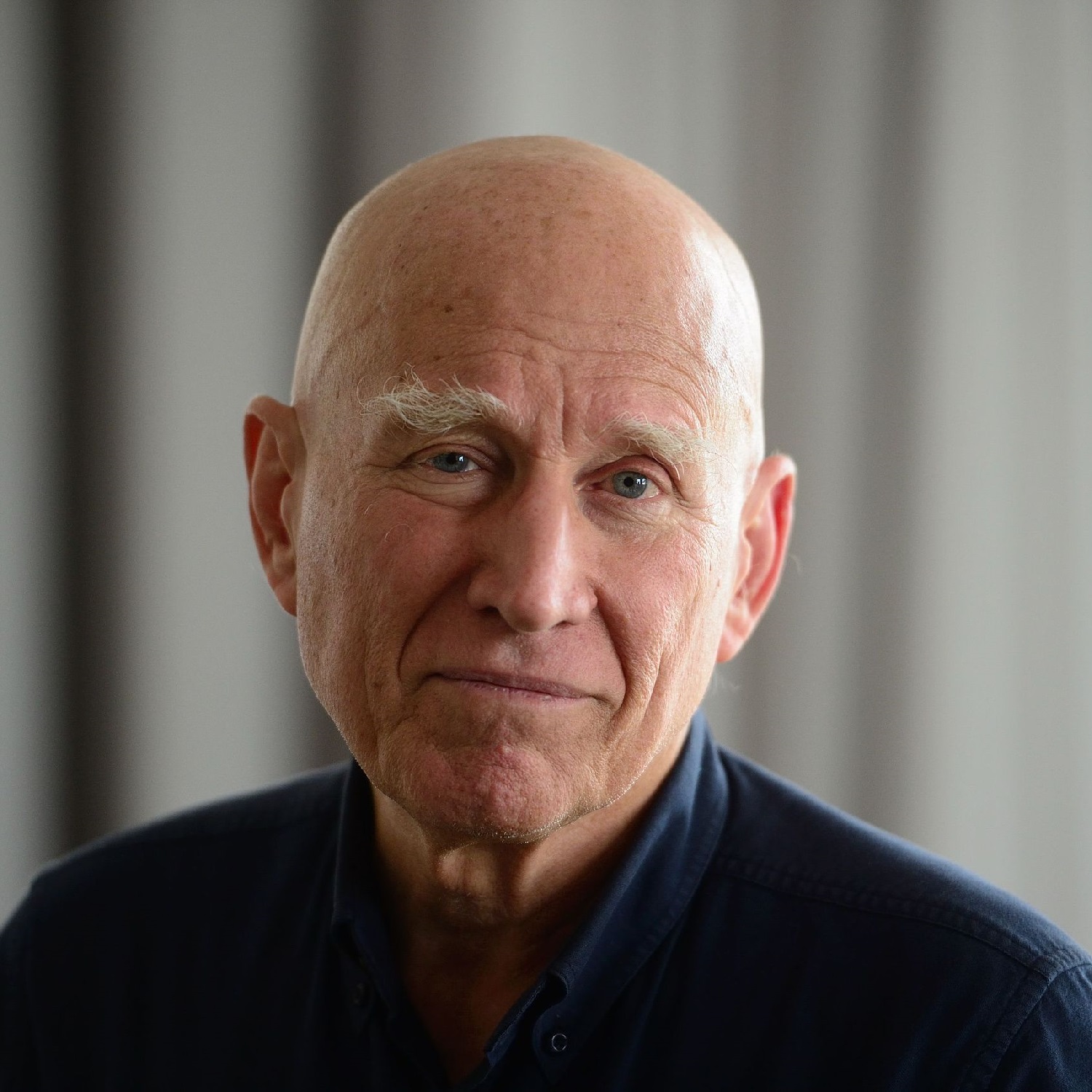
Sebastião Ribeiro Salgado is a Brazilian social documentary photographer and photojournalist.
He has traveled in over 120 countries for his photographic projects. Most of these have appeared in numerous press publications and books. Touring exhibitions of his work have been presented throughout the world.
Salgado is a UNICEF Goodwill Ambassador. He was awarded the W. Eugene Smith Memorial Fund Grant in 1982, Foreign Honorary Membership of the American Academy of Arts and Sciences in 1992 and the Royal Photographic Society's Centenary Medal and Honorary Fellowship (HonFRPS) in 1993. He has been a member of the Académie des Beaux-Arts at the Institut de France since April 2016.
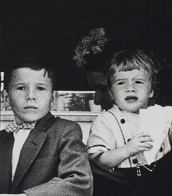
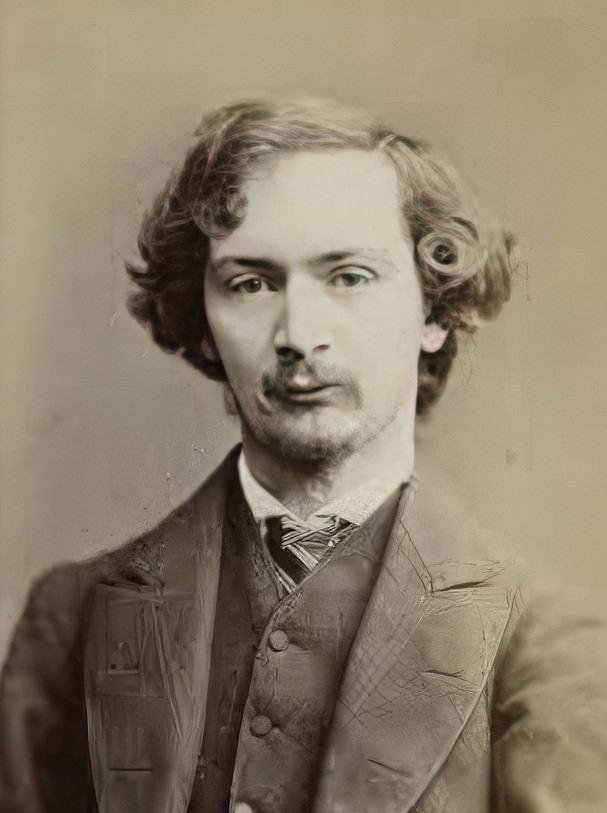


Malgosia Jankowska is a contemporary Polish and German artist. She studied painting in Berlin and Warsaw. Her works are distinguished by fine strokes, great depth and a high level of detail. Her classical compositions are effective and expressive. Malgosha has been living and working in Berlin since 2001. Since 2006, he has regularly exhibited his work, mainly in Germany.
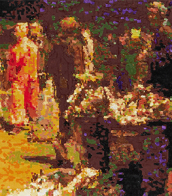

Malgosia Jankowska is a contemporary Polish and German artist. She studied painting in Berlin and Warsaw. Her works are distinguished by fine strokes, great depth and a high level of detail. Her classical compositions are effective and expressive. Malgosha has been living and working in Berlin since 2001. Since 2006, he has regularly exhibited his work, mainly in Germany.


Malgosia Jankowska is a contemporary Polish and German artist. She studied painting in Berlin and Warsaw. Her works are distinguished by fine strokes, great depth and a high level of detail. Her classical compositions are effective and expressive. Malgosha has been living and working in Berlin since 2001. Since 2006, he has regularly exhibited his work, mainly in Germany.


Malgosia Jankowska is a contemporary Polish and German artist. She studied painting in Berlin and Warsaw. Her works are distinguished by fine strokes, great depth and a high level of detail. Her classical compositions are effective and expressive. Malgosha has been living and working in Berlin since 2001. Since 2006, he has regularly exhibited his work, mainly in Germany.


Malgosia Jankowska is a contemporary Polish and German artist. She studied painting in Berlin and Warsaw. Her works are distinguished by fine strokes, great depth and a high level of detail. Her classical compositions are effective and expressive. Malgosha has been living and working in Berlin since 2001. Since 2006, he has regularly exhibited his work, mainly in Germany.
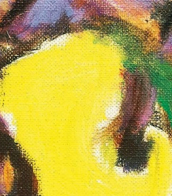

Ulrich Rückriem is a German sculptor known for his large-scale stone sculptures that are often displayed in public spaces. He studied at the Werkkunstschule Krefeld and the Kunstakademie Düsseldorf.
Rückriem's early work was influenced by the Minimalist movement, and he became known for creating abstract, geometric sculptures from raw stone blocks. He often works with granite, basalt, and other types of hard stone, using traditional carving techniques to shape and refine his forms.
In the 1970s, Rückriem began creating large-scale public installations, including his "Stone Alignments" series, which consists of rows of standing stones that evoke ancient megaliths and other prehistoric monuments. His work often engages with the natural environment, creating a dialogue between the man-made and the organic.
Rückriem has exhibited his work in museums and galleries around the world, including the Tate Gallery in London, the Solomon R. Guggenheim Museum in New York, and the Kunstmuseum Bonn in Germany. He has also received numerous awards and honors for his contributions to the field of sculpture, including the International Sculpture Prize in 1987 and the Praemium Imperiale in 2010.

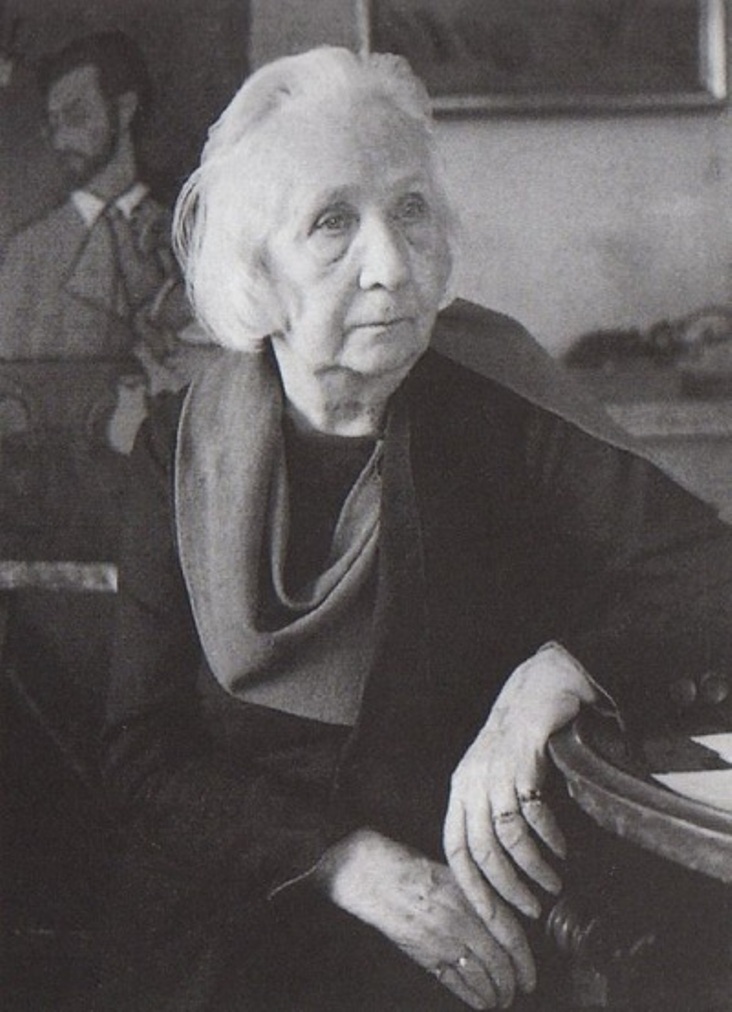
Gabriele Münter, a prominent German painter, left an indelible mark on the art world with her expressionist style and vibrant use of color. Born in Berlin in 1877, Münter was not just an artist but a trailblazer in the early 20th-century avant-garde movement in Munich. Her relationship with Wassily Kandinsky, both personal and professional, greatly influenced her artistic development and vice versa. Together, they explored Europe and North Africa, absorbing influences that would shape their styles. This period was crucial for Münter's transition from impressionistic to more abstract and expressive works, incorporating intense colors and simplified forms that became hallmarks of her style.
Münter's artistic evolution was significantly shaped by her time in Murnau, a Bavarian town that became a refuge and inspiration for her work. Here, she experimented with the Blaue Reiter aesthetic, emphasizing the emotional and spiritual over the representational. Münter's landscapes from this period are notable for their bold use of color and simplified forms, reflecting an intimate interaction with nature. Works like "Jawlensky and Werefkin" and "Lower Main Street, Murnau" exemplify her mastery of color and form, showcasing her ability to capture the essence of her subjects through a unique visual language.
Throughout her career, Münter contributed significantly to the German Expressionist movement, particularly through her involvement with Der Blaue Reiter group. Despite the challenges of World War I and the subsequent estrangement from Kandinsky, she continued to innovate and express her vision through her art. In her later years, Münter's commitment to preserving the legacy of the Blaue Reiter group was demonstrated through her donation of a substantial collection of artworks to the Städtische Galerie im Lenbachhaus in Munich.
For collectors and experts in art and antiques, Gabriele Münter's work represents a pivotal moment in the history of expressionism, offering insights into the movement's evolution and the role of women artists in shaping modern art. Her contributions, both in her vibrant landscapes and in her pioneering spirit, continue to inspire and captivate audiences around the world.
To stay updated on new product sales and auction events related to Gabriele Münter, signing up for updates is an invaluable resource for enthusiasts keen on exploring the depths of expressionism and the enduring legacy of this remarkable artist.

